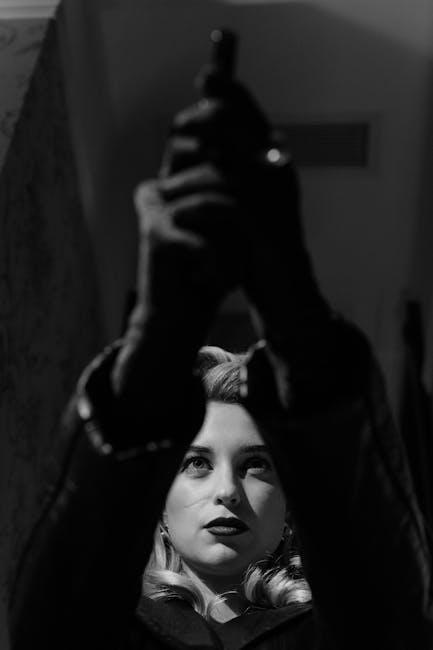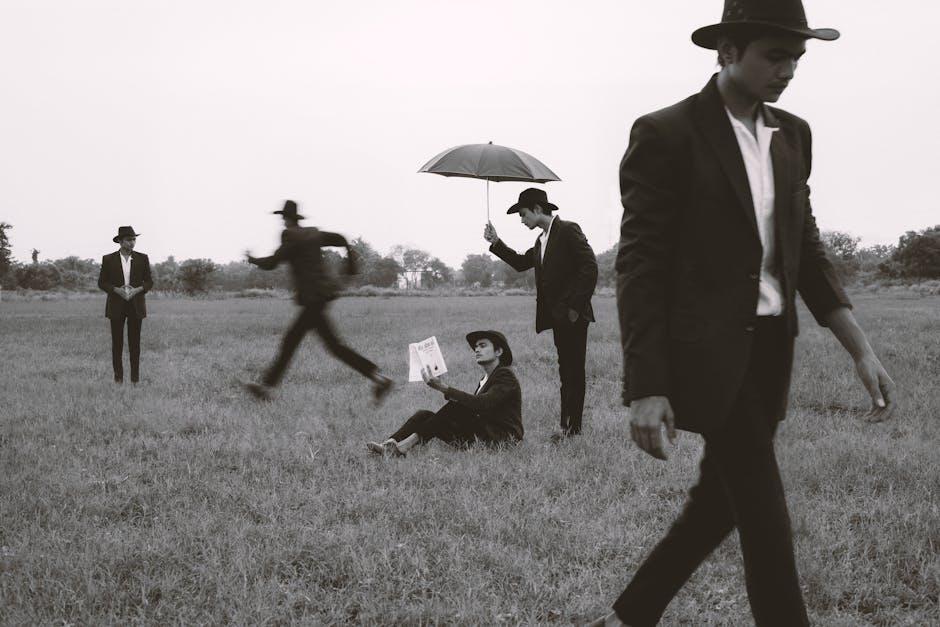In contemporary cinema, crime and violence have become pervasive elements that captivate audiences worldwide. The allure of high-stakes heists, cunning criminals, and intense confrontations often forms the backbone of many blockbuster films. This raises an important question: do movies glamorize crime and violence too much? This article seeks to explore this issue by examining the representation of crime and violence in film, considering both the potential impacts on viewers and the artistic intentions behind these portrayals. Through an analytical lens, we will delve into the cinematic techniques used to depict crime and violence, the cultural and psychological implications of these portrayals, and the ongoing debate among filmmakers, critics, and audiences about the line between entertainment and glorification. By doing so, we aim to provide a comprehensive understanding of the complex relationship between cinema, crime, and violence, and the broader societal reflections they engender.
Cultural Impact of Crime and Violence in Cinema
The depiction of crime and violence in cinema has long been a subject of debate, with its cultural impact being both profound and multifaceted. Movies often portray criminals as complex characters, sometimes eliciting empathy from the audience. This portrayal can create a nuanced understanding of the socio-economic and psychological factors that lead to criminal behavior. However, the line between understanding and glamorization can become blurred. Films that focus on the allure of the criminal lifestyle—through lavish settings, charismatic anti-heroes, or thrilling heist sequences—can inadvertently romanticize illegal activities, potentially influencing societal attitudes towards crime.
- Normalization of Violence: Repeated exposure to violent imagery can desensitize viewers, making real-world violence seem more acceptable or inevitable.
- Role Models: When characters who commit crimes are depicted as heroes or anti-heroes, audiences, especially impressionable ones, may emulate their behavior.
- Cultural Reflection: Films often reflect societal fears and tensions, using crime and violence as a lens to explore deeper issues like inequality, corruption, and power dynamics.
While cinema serves as a mirror to society, it also holds the power to shape cultural narratives. The challenge lies in balancing storytelling with social responsibility, ensuring that the portrayal of crime and violence prompts critical reflection rather than blind admiration.

Psychological Effects on Audiences: Separating Fiction from Reality
One of the most intriguing aspects of film is its ability to blur the lines between fiction and reality, creating a psychological impact that can be both captivating and concerning. Audiences often find themselves drawn into the narratives of crime and violence depicted on screen, but the question arises: do these portrayals influence their perceptions of real-world issues? Studies suggest that the repeated exposure to glamorized depictions of crime might lead to desensitization, altering how individuals perceive violence in their own lives. This phenomenon raises concerns about whether audiences begin to see criminal behavior as more acceptable or less severe than it truly is.
- Perception Alteration: Frequent exposure to stylized violence may distort reality, making it difficult for viewers to separate cinematic fiction from genuine threats.
- Desensitization: With continuous portrayals of crime, individuals might become less sensitive to the severity of violent acts, viewing them as normal or inevitable.
- Behavioral Influence: While most viewers can distinguish between fiction and reality, there is a risk that some might imitate on-screen behavior, believing it to be a viable solution to conflicts.
Films often employ dramatic storytelling to captivate audiences, yet this can inadvertently glamorize criminal acts, overshadowing their true consequences. It is crucial for viewers to maintain a critical perspective, recognizing the artistic embellishments of cinema while remaining grounded in the realities of societal norms and legal frameworks. As the boundary between entertainment and reality becomes increasingly fluid, fostering media literacy becomes imperative in helping audiences navigate and interpret these complex narratives responsibly.

Evaluating the Responsibility of Filmmakers in Portraying Crime
The role of filmmakers in the depiction of crime is a subject of considerable debate. On one hand, filmmakers argue that their work reflects societal realities and serves as a commentary on human behavior. On the other, critics suggest that these portrayals can sometimes glamorize criminal activities, potentially influencing impressionable audiences. This duality raises important questions about artistic responsibility and the impact of media on public perception.
- Do films inadvertently romanticize the criminal lifestyle by focusing on the allure of power and wealth?
- Are filmmakers obligated to present the consequences of crime in a realistic manner?
- How do cultural and historical contexts influence the representation of crime in movies?
While the intent may vary from filmmaker to filmmaker, the visual and narrative choices made in depicting crime can significantly affect audience interpretation. Balancing creative freedom with social responsibility remains a complex challenge, as filmmakers navigate the thin line between artistic expression and potential societal impact.

Strategies for Balanced Storytelling in Crime and Violence Narratives
To craft narratives that maintain a balanced portrayal of crime and violence, filmmakers can employ several effective strategies. One approach is to emphasize the consequences of criminal actions rather than glorifying them. By showcasing the impact on victims, families, and communities, storytellers can present a more comprehensive view that highlights the broader repercussions of crime. Additionally, incorporating character development that delves into the psychological and social factors driving individuals towards crime can provide depth and context, making the narrative more engaging and thought-provoking.
- Multi-dimensional Characters: Avoid stereotypes by creating complex characters who exhibit a range of emotions and motivations.
- Authentic Context: Set stories in realistic environments that reflect the societal and economic conditions contributing to crime.
- Ethical Dilemmas: Introduce moral questions and conflicts that challenge viewers to think critically about the nature of crime and justice.
Moreover, filmmakers can balance the allure of crime by integrating educational elements that raise awareness about legal systems and rehabilitation processes. This can be achieved through subplots or dialogues that explore the possibilities of redemption and reform, offering audiences a hopeful perspective without trivializing the severity of criminal acts. By weaving these elements into the narrative fabric, storytellers can foster a more nuanced understanding of crime and violence, steering clear of glamorization.







































